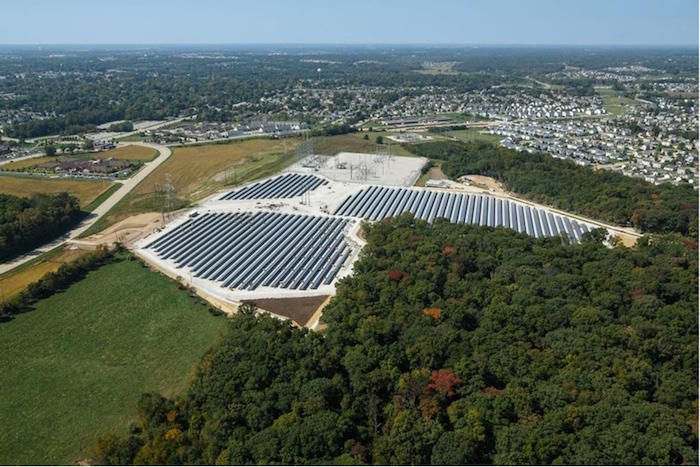
Installed solar PV in the U.K. almost doubled over the course of last year, according to data from the Department of Energy and Climate Change (DECC).
At the end of 2014, official installed PV capacity in the U.K. stood at 5 GW, which represents a near-50% increase on 2013’s end-of-year figure, which was just 2.8 GW.
Combined the U.K. now has enough installed solar PV capacity to power 1.5 million British households, and boasts 650,000 PV installations of all shapes and sizes. This steady growth in the U.K. solar industry is set to continue this year, with IHS forecasting an additional 3.2 GW of capacity to be added in 2015.
Reports vary as to how much solar PV capacity was added in 2014, with some analysts suggesting it could be more than 2.5 GW. DECC’s figures point to the addition of around 2.2 GW – which may in fact be a conservative estimate.
Whichever figure proves most accurate, Paul Barwell – CEO of the Solar Trade Association (STA) – has called the data a “milestone achievement” for U.K. solar, and a testament to the hard work of thousands of British solar businesses, many of which are small and medium companies working “at the forefront of a real solar transformation”.
“We are now well underway to a million solar installations of all shapes and sizes across the country,” added Barwell. “This is a world-class achievement and something the coalition government can be proud of.”
Barwell was keen to stress just how much public support solar energy has in the U.K., stating that the industry could be cost-competitive with gas by 2020 also support 50,000 jobs by 2030 if given the right support from government.
“We will only reach that point if the next government [a general election is due in May] provides a stable policy framework and a level playing field with other technologies,” said Barwell.
The announcement last May that the government was to withdraw Renewable Obligation (RO) support for solar projects larger than 5 MW two years early sent shockwaves through the industry, creating confusion and prompting an end-of-year rush to install that will still be felt in Q1 2015.
“The outlook from this April is a concern and it seems to make little sense to stymie such a success story,” warned Barwell. “I hope the new government will build on this success and set higher solar targets for 2020 and provide the stable business environment the industry needs to deliver.”
The STA pointed to analysis that suggests the next U.K. government to be elected this May will have a huge opportunity to move the country’s very first low-carbon technology off subsidy during its time in office. This opportunity is likely to prove attractive to whichever party is next in power, and thus the STA is keen for the next government to take heed of its Solar Independence Plan – which outlines ways to double the U.K.’s solar ambitions for little extra cost.











